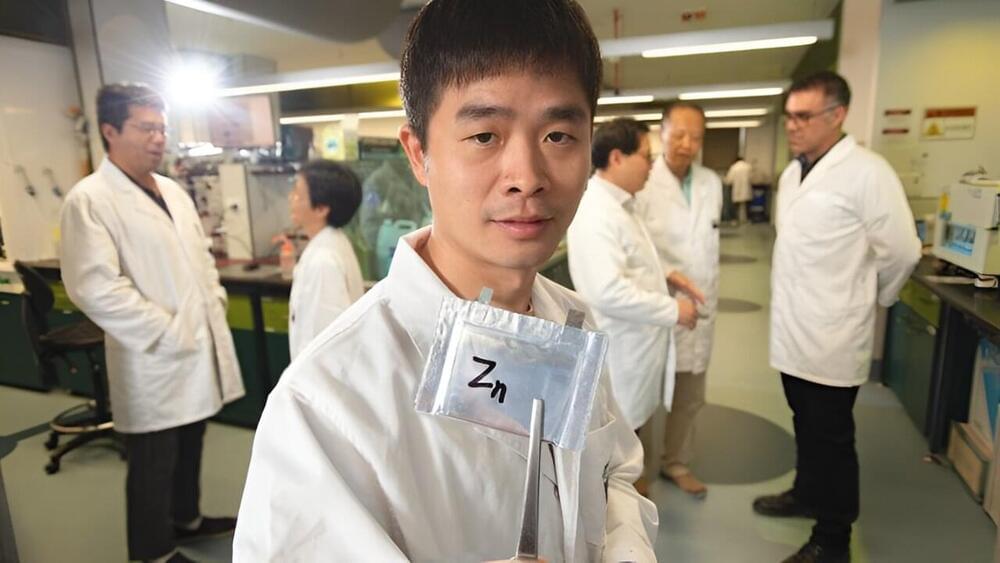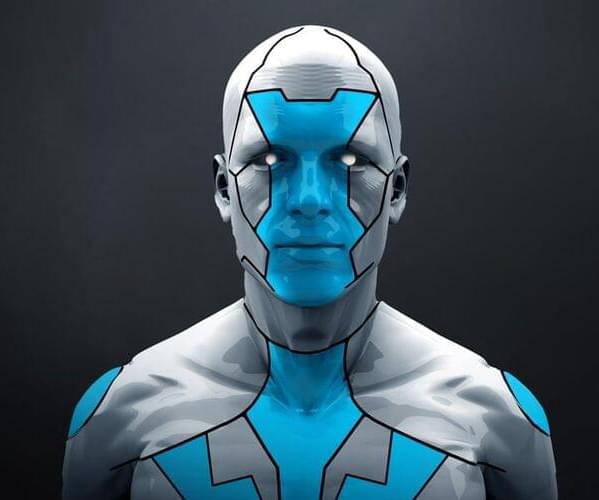More information and choice may be welcomed by some consumers, however, for many others, they’re having to increase the time and effort needed to cut through the noise to decide on what to buy, so much so, they abandon the shopping basket completely.
The data backs this up. In the last three months of 2023, Accenture research found that just under three quarters (73%) of consumers reported being inundated by too much choice, and 75% reported feeling bombarded by advertising. This issue of “information overload” led to a similar number (74%) walking away from purchases because they felt overwhelmed.
It’s easy to see why. The endless number of choices, messages, ads and claims consumers now face, coupled with recommendations from friends, family, influencers, algorithms and apps is only adding to the noise.







